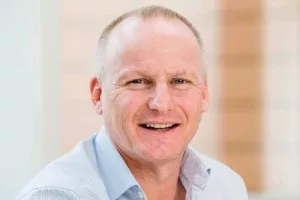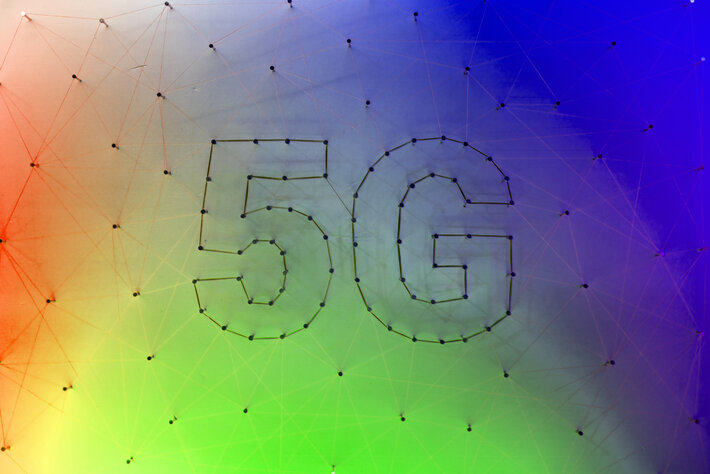Ericsson and mobile and broadband operator Vodafone have commenced deployment of Swedish telecom’s single antenna technology in UK to promote 5G rollout.
Ericsson’s design, an Interleaved AIR (antenna-integrated radio) 3218, combines a radio unit and an antenna in a single unit, delivering increased 5G capacity in a smaller site footprint than previous designs. It can also transmit mobile data over all of the radio frequencies that Vodafone currently uses in the UK, without needing additional antenna units as with previous models. This combined multiband, massive MIMO (multiple-input and multiple-output) design makes it easier for Vodafone to add more performance and capacity to a mast without increasing its footprint.
The combination of what had been two separate components, radio and antenna, into a single unit allows for easier mounting on rooftops, towers, walls and poles. This simplifies network site upgrades and installations, helping to speed up the roll-out of 5G in areas previously constrained by building regulations or planning law.
Combining equipment in this way can also help improve the design of a site. As there is limited space on a mobile mast for installing equipment, designers must also consider factors such as structural integrity how much weight can a mast can safely sustain.
Vodafone is using AR 3218 units with its 900MHz, 3.4GHz and 3.6GHz 5G frequencies, which have been carefully selected to meet the increasing demand for mobile data while also improving network efficiency. Those frequencies are already licensed for use in the UK.
The Interleaved AIR 3218 is powered by the Ericsson Silicon processor which enables both high performance and energy efficiency. Compared to 4G, it can do more with less transmitting more gigabytes of data for each watt of energy used (Gbytes/Watt). The integrated design uses energy more efficiently than two separate pieces of equipment. Energy usage is a critically important design consideration for Vodafone engineers, as the company’s network is responsible for the majority of Vodafone’s annual energy consumption.
Ker Anderson, head of radio and performance, Vodafone UK, says, “5G is the UK’s digital future, but we should never underestimate how difficult it is to deliver a future-proofed network at scale across the length and breadth of the UK.
“Working in partnership with Ericsson, we are constantly exploring new ways to accelerate this transformation, and this is another example of where innovation is delivered through collaboration.”
Evangelia Tzifa, chief technology officer, networks and managed services, Ericsson UK & Ireland, says, “This is a gamechanger for Vodafone and for the UK deployment of 5G massive MIMO. Together, we are increasing 5G capacity without growing visual antenna footprint on site.
“By being able to do more with less we are bringing the benefits of next-generation connectivity to more people in the UK, but also reducing any impact on the environment and continuing our journey to break the energy curve”.
Comment on this article below or via Twitter: @VanillaPlus OR @jcvplus






